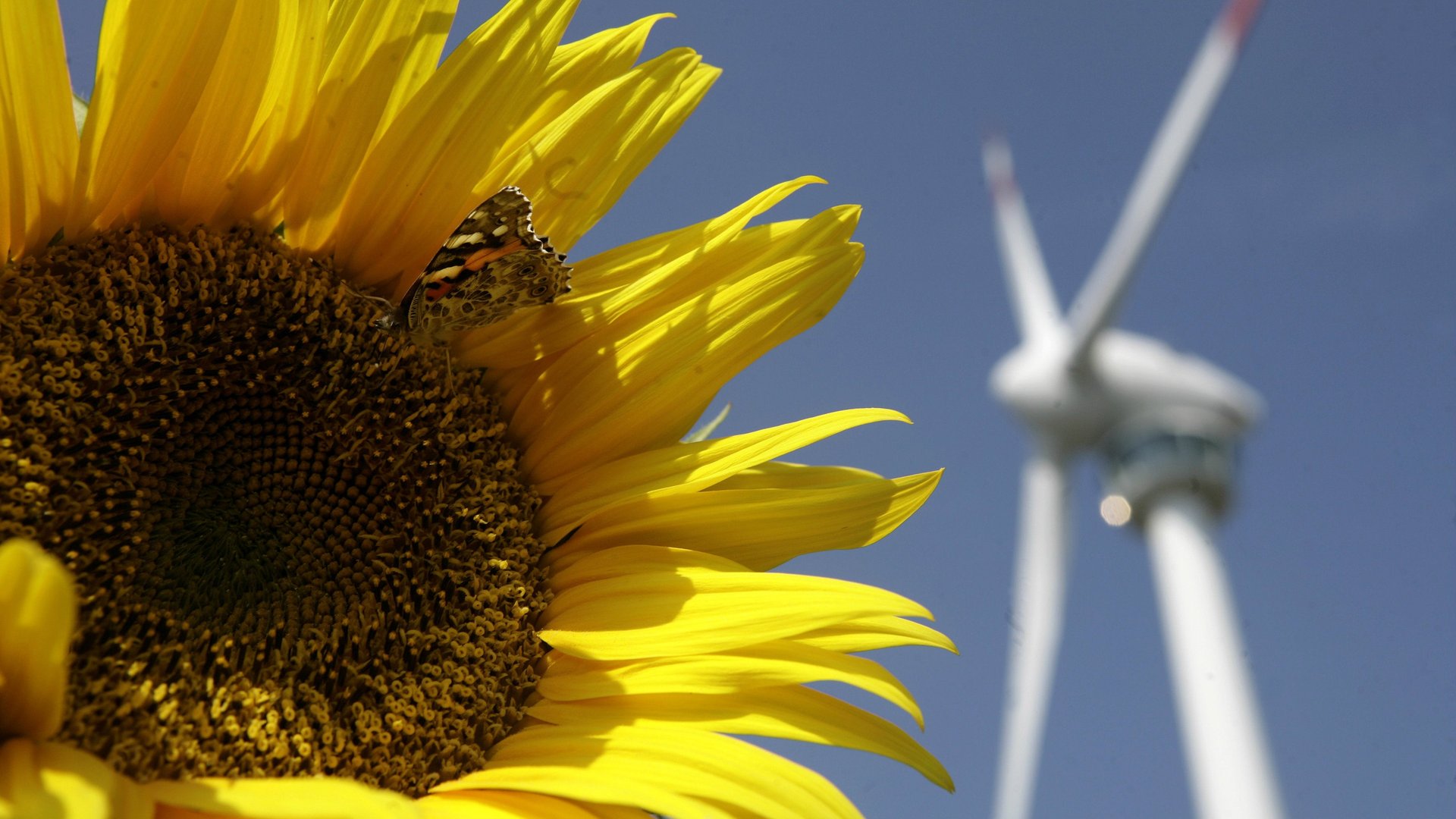Sustainability is actually not sustainable
We have become convinced that sustainability is the answer to responsibly managing our dwindling resources. In reality, it actually constitutes our greatest peril.


We have become convinced that sustainability is the answer to responsibly managing our dwindling resources. In reality, it actually constitutes our greatest peril.
Every imagined catastrophic event that could spell our collective doom shares a common underlying cause: the ever-growing demand and competition for ever-shrinking resources, otherwise known as scarcity.
Scarcity is an extraordinarily powerful double-edged force that not only gives rise to wars, but is also a source of tremendous profits. Scarcity is big business, and the tools of economics perpetuate it. Well-meaning programs of conservation and sustainability will only ensure scarcity’s continued dominance in the world; in the end, sustainability reinforces the value of scarce commodities.
In other words, sustainability is actually not sustainable.
We’re going to need a whole lot more of everything, and we’re going to need it soon. By 2050, we’re going to need at least twice as much as we consume today. No amount of conservation or design for sustainability will ever be sufficient to meet the overwhelming demands that we continue to lay upon Earth. We’re rapidly approaching the point on the graph where the demand for resources takes a giant hockey-stick turn upward, shooting above and beyond the line that plots the slowing growth rate of available resources.
If demand is growing at an exponential rate against limited, linear supply, then sustainability runs out of gas pretty fast. It doesn’t take a rocket scientist—much less an economist—to forecast this obvious outcome and the global crisis it will precipitate.
Worse, the attempts to push out that dreaded point of divergence stall the development of the solutions that can actually solve these looming problems now. A sustained mindset of sustainability will only hasten the crisis.
We have to create more of what we need rather than consume less of what we have. And to do that, we’re going to have to adopt a fundamentally and radically different way of thinking and operating.
For starters, we need to acknowledge that the consequences of a global economy driven by scarcity are not just to be found in some far-off future—we’re living with them now. Billions of people are without basic education, safe water, adequate nutrition, or access to healthcare. For many, famine, war, and pestilence are always close at heel.
How can we get these “nonexistent” resources? The only way we can get them is through creative destruction, the massive disruption of the status quo, and a deliberate blowing up of the established means of resource acquisition, production, and allocation.
More to the point, they’ll come through a historic convergence of three powerful forces:
- The impending bankruptcy of an unsustainable scarcity-driven economy.
- Technology that is advancing on an exponential scale.
- The rise of an entirely new class of entrepreneurs who will be the principal drivers of the coming disruptions.
This convergence—unprecedented in human history—will upend every notion we have about our civilization: how we live, where we live, how we work, how we get around, how we interact, even what we are. And all of these outcomes will be realized by the ushering in of a previously unknown kind of economy—an economy of abundance.
It’s a moonshot, to be sure, but it is entirely possible. Moonshots push against and extend the frontiers of the possible. The frontiers we must begin to exploit lie entirely within the human mind. It’s only the human mind that can resolve to transmute the massive and otherwise intractable problems we face into a world of abundance and human flourishing.
It happens that the greatest challenges facing humanity are also the biggest untapped opportunities for entrepreneurs. As John W. Gardner put it, “We are continually faced with a series of great opportunities disguised as insoluble problems.” These are challenges that can only be met with a renewed and empowered mindset of abundance—a mindset that emerges only when built upon a foundation of possibility, fueled by imagination, and fired by curiosity. These are the cardinal points of the moonshot—all of which ultimately converge to orient the entrepreneur to the True North of radical possibility and the abundant world it can yield.
I believe that every person has a moonshot inside them. The greatest movements in history have always begun with a change of consciousness. And we can see that such a new consciousness is being awakened today in a renaissance of the entrepreneurial spirit. Indeed, I believe that only the rise of the entrepreneurial spirit can overcome a pervasive media-fueled malaise and fashion a new and invigorated vision for the world.
This article is excerpted from the forthcoming book, Moonshots, by Naveen Jain (with John Schroeter), with a foreword by Sir Richard Branson.